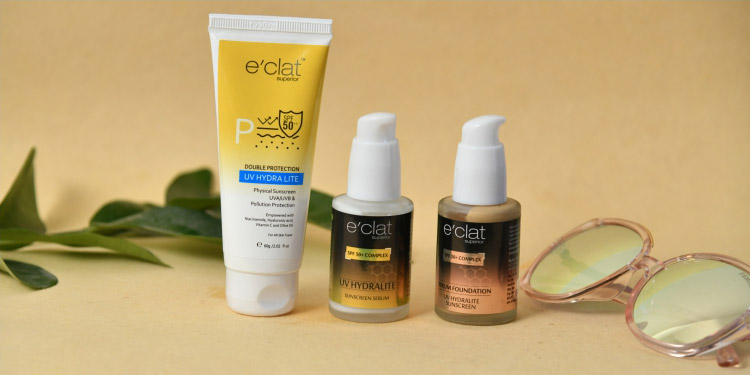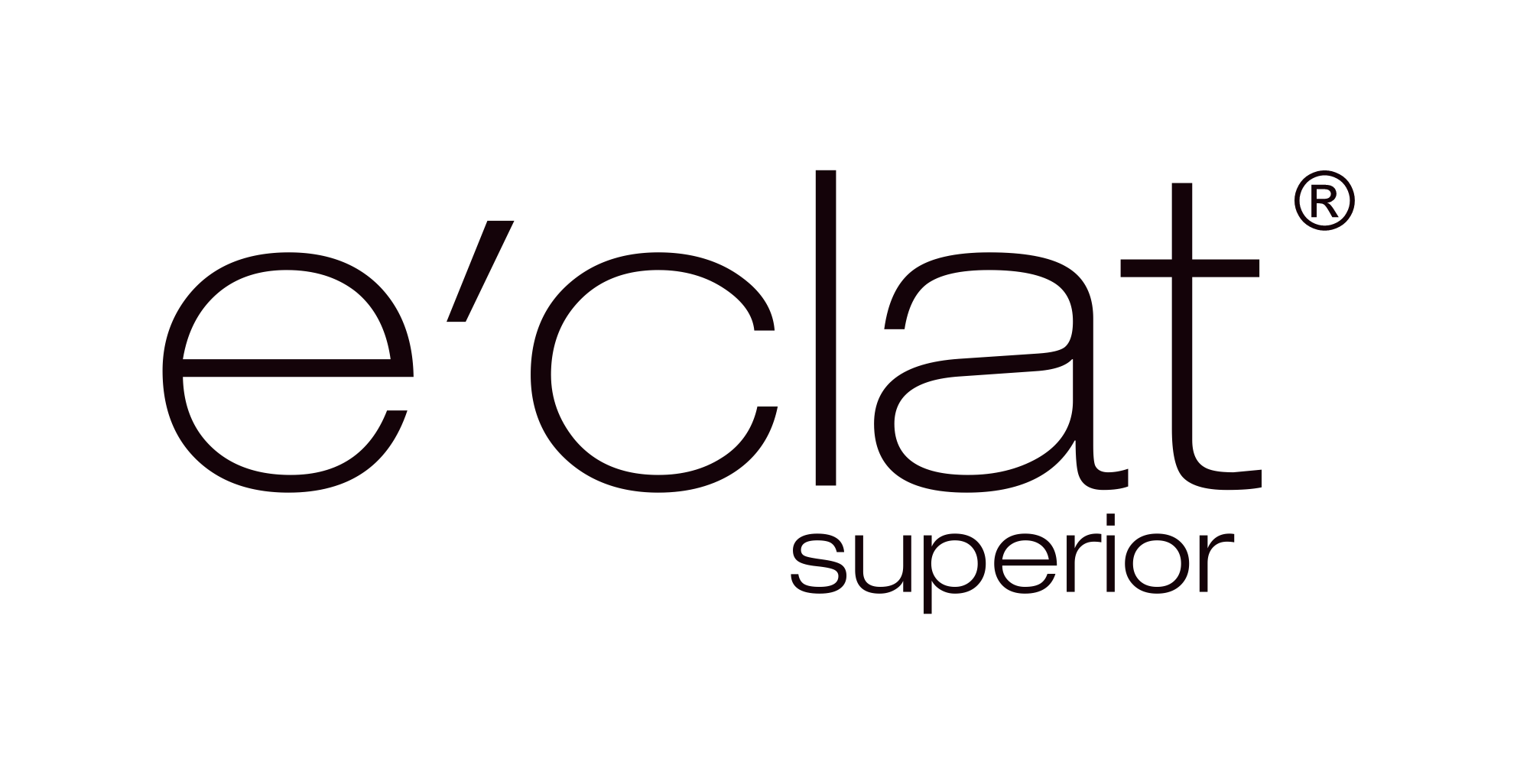
Comparison of physical and chemical sunscreen
COMPARISON OF PHYSICAL AND CHEMICAL SUNSCREEN
Physical and chemical sunscreens are two types of sunscreens that work differently to protect the skin from the harmful effects of ultraviolet (UV) radiation. Here are the key differences between physical and chemical sunscreens:
Mechanism of Action:
- Physical sunscreens, also known as mineral sunscreens, work by forming a physical barrier on the skin that reflects and scatters UV radiation. They contain ingredients such as zinc oxide and titanium dioxide, which are natural minerals that provide broad-spectrum protection against both UVA and UVB rays.
- On the other hand, chemical sunscreens work by absorbing UV radiation before it penetrates the skin. They contain organic compounds such as oxybenzone, avobenzone, and octinoxate that act as filters and convert the UV rays into heat, which is then released from the skin.
Texture and Appearance:
- Physical sunscreens tend to be thicker and heavier than chemical sunscreens, and they can leave a white cast on the skin. However, newer formulations are now available that blend more easily and offer a more natural finish.
- In contrast, chemical sunscreens are typically lightweight and easily absorbed into the skin, leaving little to no residue or white cast.
Sensitivity:
- Physical sunscreens are generally considered to be less irritating and more suitable for people with sensitive skin. This is because they contain natural ingredients and are less likely to cause allergic reactions or irritation.
- Chemical sunscreens, on the other hand, can be more irritating to some people, particularly those with sensitive skin. They can also cause stinging and burning sensations if they come into contact with the eyes.
Photo stability:
- Physical sunscreens are more photo stable than chemical sunscreens, meaning that they maintain their efficacy even after prolonged exposure to sunlight. They do not degrade or break down when exposed to UV radiation, which makes them a reliable choice for outdoor activities.
- Chemical sunscreens, however, can break down and lose their effectiveness over time, particularly when exposed to sunlight. This means that they need to be reapplied more frequently to maintain their protective benefits.
Environmental Impact:
- Physical sunscreens are considered to be more environmentally friendly than chemical sunscreens. They do not contain harmful chemicals that can be absorbed by marine life or damage coral reefs, which is a growing concern in many parts of the world.
- Chemical sunscreens, on the other hand, can contain ingredients that have been shown to harm aquatic ecosystems and contribute to coral bleaching.
Conclusion
In conclusion, both physical and chemical sunscreens offer effective protection against the harmful effects of UV radiation. The choice between the two will depend on personal preference, skin type, and the intended use of the product. It is important to choose the best sunscreen that is broad-spectrum, water-resistant, and has a high SPF rating to ensure optimal protection.
